Structure Grammar

How can I improve my grammar and punctuation in writing ?
Improving grammar and punctuation skills is essential for becoming a proficient writer. Here are some tips: 1. Read widely to expose yourself to different styles of writing, grammar rules, and punctuation usage. 2. Practice active reading by analyzing sentence structure, vocabulary, grammar rules, and punctuation. 3. Write regularly to become better at using proper grammar and punctuation. 4. Get feedback from others to receive constructive criticism on your grammar and punctuation. 5. Use online tools and resources like grammar checkers, online courses, and grammar books to improve your skills. 6. Study grammar rules and punctuation guidelines focusing on parts of speech, sentence structure, and correct uses of punctuation marks. 7. Edit and revise your work thoroughly to ensure clarity, consistency, correctness, and completeness. Remember that mastering these aspects of writing takes practice and patience, so keep improving!

What are some effective techniques for memorizing grammar rules ?
The article outlines various techniques for memorizing grammar rules effectively. It suggests methods such as repetition, using mnemonic devices, visualization, practice, teaching others, contextual learning, and taking regular breaks. Each technique is explained with examples and tips to make the learning process easier and more enjoyable. The article emphasizes the importance of consistency and patience in mastering grammar rules.

How do I structure my writing effectively ?
Effective writing structure is crucial for conveying your message clearly and engagingly. Here are some tips on how to structure your writing effectively: 1. Understand the purpose of your writing and tailor your structure accordingly. 2. Create a basic outline before you start writing, organizing your thoughts into sections such as introduction, body, and conclusion. 3. Start with an attention-grabbing opening that sets the tone for your piece and state the main idea or thesis statement clearly in the introduction. 4. Divide the body into paragraphs, each presenting a single main point, and use topic sentences to introduce each paragraph's main idea. Provide evidence or examples to support your points and maintain a logical flow between paragraphs. 5. Summarize the main points without repeating them verbatim in the conclusion, draw a conclusion based on the evidence provided, and end with a memorable closing statement or call to action. 6. Break up long sections with headings and subheadings to help readers navigate through your text easily. 7. Maintain consistency in tense, voice, and perspective, and stick to one style guide for formatting and references. 8. Review your work for clarity, coherence, and correctness, making sure each sentence contributes to the overall structure and purpose.
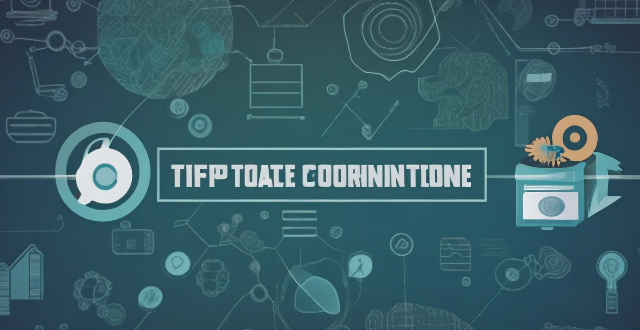
What is the typical structure of a private equity deal ?
The typical structure of a private equity deal involves several key components, including due diligence, investment structure, capital structure, governance and control, exit strategy, and legal agreements. The process begins with thorough due diligence to evaluate the target company's financial health, operational efficiency, market position, and growth potential. The investment structure defines how the PE firm will invest in the target company, while the capital structure determines how the target company will be financed after the PE firm's investment. Governance and control involve securing representation on the company's board of directors, gaining certain rights to veto major decisions, and bringing in new management or working closely with existing management to drive performance improvements. A successful private equity deal also requires a well-defined exit strategy for the PE firm to realize its investment return. Lastly, various legal agreements are put in place to govern the relationship between the PE firm and the target company.

What are the key factors in designing a safe and stable building structure ?
The text provides a comprehensive overview of the key factors that must be considered when designing a safe and stable building structure. It emphasizes the importance of site selection and analysis, foundation design, structural system selection, material selection, and construction quality control in ensuring the well-being of inhabitants and protecting against natural disasters. The text also highlights the need for proper workmanship, inspections, testing, and maintenance to maintain the integrity of the structure over time. Overall, the text serves as a valuable resource for architects, engineers, and builders involved in the design and construction of safe and stable buildings.

What are some common mistakes that writers make, and how can I avoid them ?
Common writing mistakes include grammar and punctuation errors, overuse of passive voice, redundancy, lack of clarity, and inconsistency in tone. To avoid these, proofread, learn grammar rules, use active voice, cut unnecessary words, outline ideas, and maintain consistent tone and style.

How do language learning apps incorporate grammar and vocabulary into their lessons ?
Language learning apps incorporate grammar and vocabulary into lessons through interactive contextualized learning, gamified exercises, spaced repetition techniques, personalized learning paths, multimedia content, social interaction opportunities, and offline learning features. These methods aim to make the acquisition of a new language efficient, engaging, and adaptable to individual learners' needs and preferences.

How can I improve my writing skills ?
The text provides a comprehensive guide on how to improve writing skills. It outlines strategies such as reading regularly, practicing writing daily, learning grammar and style guides, getting feedback, revising and editing, studying writing techniques, setting realistic goals, finding one's voice, staying motivated, and keeping the learning process continuous. Each strategy is further elaborated with specific actions or methods that can be adopted. The emphasis is on consistency and openness to learning from both successes and failures in the writing journey.

What are the best ways to assess reading comprehension levels ?
Assessing reading comprehension levels is crucial in identifying strengths, weaknesses, and areas for improvement. Various methods include oral reading assessment, retelling or paraphrasing, written response questions, multiple-choice questions, and cloze tests. These techniques evaluate fluency, accuracy, understanding of main idea, details, and structure, factual recall, higher-level thinking skills, quick decision-making, context clue usage, grammar rules, vocabulary knowledge, and overall reading comprehension skills. By using a variety of assessment methods, educators can gain a comprehensive understanding of students' reading abilities and tailor instruction accordingly.

What are some tips for editing and revising my writing ?
Editing and revising are crucial steps in the writing process that can significantly improve the quality of your work. Here are some tips to help you edit and revise your writing effectively: 1. Take a break from your writing to get a fresh perspective. 2. Read your writing out loud to catch awkward phrasing, grammatical mistakes, and typos. 3. Check for clarity and coherence within and between paragraphs. 4. Pay attention to sentence structure and vary sentence length to create rhythm and interest. 5. Use active voice instead of passive voice whenever possible. 6. Eliminate redundant words or phrases and be concise without sacrificing clarity or meaning. 7. Vary vocabulary by using synonyms to avoid repeating the same words. 8. Use spell-check and grammar-check tools, but also read through your work carefully to catch any errors they might miss. 9. Get feedback from someone else to spot issues you haven't noticed and offer valuable suggestions for improvement. 10. Revise your work multiple times to refine it further and make it stronger overall.
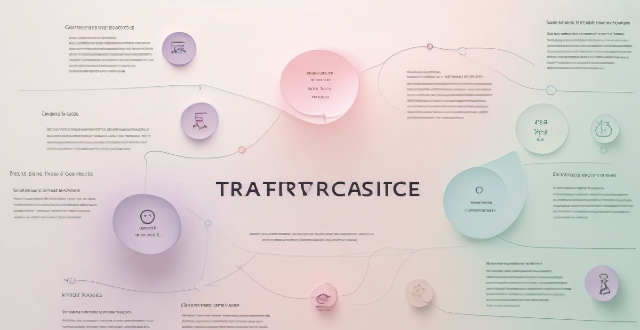
How do I structure an academic paper ?
This guide provides a step-by-step approach to structuring an academic paper, including key components such as the title page, abstract, introduction, literature review, methodology, results, discussion, conclusion, references, and appendices (if necessary). The goal is to make the writing process manageable and enjoyable by organizing research and ideas into a cohesive and well-structured document.

How does a communication protocol differ from a data format ?
### Topic Summary: Communication Protocol vs. Data Format This topic discusses the differences between communication protocols and data formats, two critical aspects of data exchange in computer systems. A communication protocol is a set of rules that govern how devices or systems communicate with each other, including syntax, semantics, and timing. On the other hand, a data format defines the structure or layout of data for storage or transmission, focusing on the organization of bits, bytes, or fields and their encoding. The main differences between these two concepts are their purpose, scope, and complexity. Communication protocols deal with the entire process of data exchange, including error handling, flow control, and congestion control, while data formats focus solely on the structure of the data. Examples provided include HTTP as a communication protocol and JSON as a data format, which can be used within various communication protocols to send structured data. In summary, communication protocols are like the rules of a conversation, defining how devices interact, while data formats are like the language used in those conversations, specifying how the information is structured and encoded.

How can parents support their child's learning in preschool ?
Parents can support their child's preschool learning by reading with them, encouraging curiosity and exploration, fostering socialization skills, and establishing routines and structure. Reading enhances language development and cognitive abilities, while also fostering emotional bonding. Encouraging curiosity through activities like nature walks and science experiments helps in cognitive and emotional development. Fostering socialization skills is crucial for your child's interaction with peers and adults. Establishing routines and structure promotes self-discipline, reduces anxiety, and enhances learning.
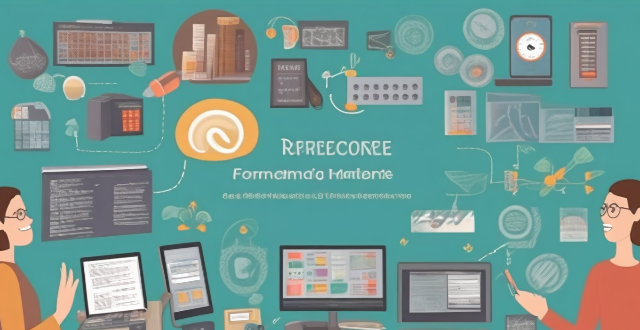
Is there a specific format or structure that works best for taking notes ?
Taking effective notes requires finding a format or structure that suits your learning style, subject matter, and personal preferences. Popular note-taking methods include the Cornell Method, the Outline Method, the Mind Map Method, and the Sentence Method. The Cornell Method encourages active learning by prompting you to think about the material as you take notes, while the Outline Method helps you see the big picture and understand how different concepts relate to each other. The Mind Map Method encourages creativity and helps you see connections between different ideas, while the Sentence Method encourages deep thinking and understanding of the material. It's important to experiment with different methods and find the one that works best for you in order to improve your retention, organization, and productivity.

What is the secret to making soft and chewy brownies ?
The secret to making soft and chewy brownies involves using high-quality unsweetened chocolate, butter for tenderness, granulated sugar for chewiness, eggs for binding and structure, all-purpose flour for structure without toughness, cocoa powder for intensified chocolate flavor, and baking powder for leavening. Techniques include undermixing the batter, melting chocolate and butter together for smooth integration, baking at a lower temperature for a longer period to ensure even cooking, and avoiding overbaking. Add-ins like chocolate chips, nuts, or flavorings can enhance the experience. Key steps involve preheating the oven, mixing dry ingredients, melting chocolate and butter, combining wet ingredients, adding dry to wet, baking, cooling, and cutting. Tips for success include using room-temperature ingredients, avoiding overbaking, and letting the brownies rest before cutting.

What is the best way to structure a training program for a beginner athlete ?
As an AI assistant, I can provide general guidelines and tips on how to structure a training program for a beginner athlete. Before starting any training program, it is important to set clear goals and objectives. Every training session should start with a warm-up and end with a cool-down period. Strength training should be a key component of any beginner athlete's training program. Cardiovascular training is essential for improving endurance, burning calories, and enhancing overall health. Flexibility and mobility are often overlooked but are crucial for preventing injury, improving performance, and maintaining good posture. Recovery and rest are equally important as training itself. By following these guidelines and seeking guidance from qualified coaches or trainers, beginner athletes can safely and effectively improve their fitness levels and achieve their desired outcomes.
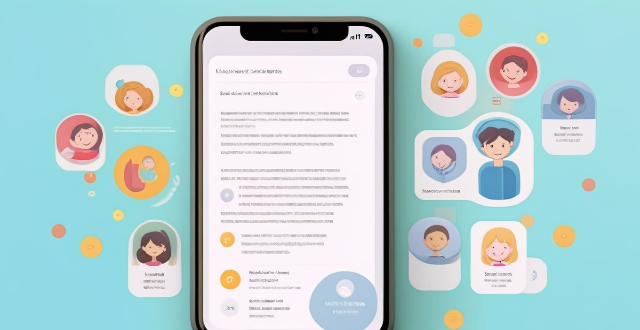
Are there any language learning apps specifically designed for children or teenagers ?
This article explores some of the best language learning apps specifically designed for children and teenagers, including Duolingo, Babbel, Rosetta Stone, Memrise, and Busuu. Each app offers unique features to make language learning fun, engaging, and interactive for young learners. Whether it's gamified learning, conversation practice with native speakers, or immersive approaches to language learning, these apps provide a variety of options for children and teenagers to improve their language skills.

What are some common mistakes to avoid in academic writing ?
Avoid common mistakes in academic writing, such asAvoid common mistakes in academic writing, such as, lack of clarity and precision overuse of passive voice, inappropriate word choice, failure to proofread, and ignoring feedback. These pitfalls can make your writing less effective and professional. By avoiding them, you can improve the quality of your academic writing and better convey your research and ideas to your audience.

What features do the best language learning apps have in common ?
The best language learning apps share several key features that make the process of learning a new language more effective and enjoyable. These features include interactive and engaging content, real-life scenarios and conversations, grammar and vocabulary building tools, and personalized learning paths. By incorporating these features into their design, language learning apps can help users achieve their language learning goals more efficiently and enjoyably.

What are the best methods for taking notes in class ?
The text provides a comprehensive overview of four effective methods for taking notes in class, namely the Cornell Method, Outlining Method, Mind Mapping Method, and Sentence Method. The Cornell Method involves dividing your paper into three sections to organize your notes, while the Outlining Method uses headings and subheadings to create a hierarchical structure. The Mind Mapping Method is a visual technique that involves creating a diagram of connected ideas, and the Sentence Method involves taking notes in complete sentences to better understand and retain information. Each method has its own unique steps and benefits, making it important for students to choose the one that works best for them.
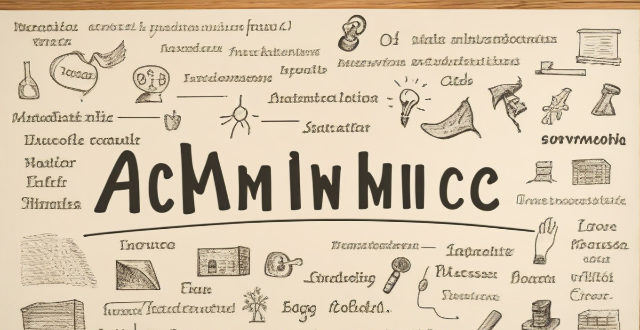
What are some tips for effective academic writing ?
Effective academic writing is essential for success in higher education. To improve your skills, understand the assignment, plan your work, conduct research, write clearly and concisely, use evidence to support arguments, edit and revise your work, follow academic integrity guidelines, use visual aids when applicable, stay focused on the main point, and seek feedback from others.
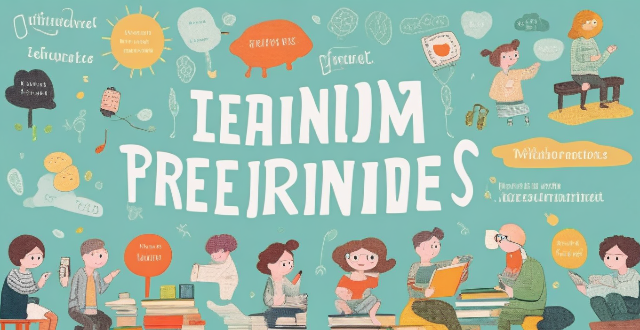
Are there any good online learning resources for language learning ?
Good online learning resources for language learning include Duolingo, Memrise, Rosetta Stone, Babbel, and Busuu. Each platform has its unique features and strengths, such as interactive lessons, memory techniques, immersive experiences, conversational focus, and community support. These resources can help learners achieve fluency in their target language by providing engaging and effective ways to learn vocabulary, grammar, pronunciation, and cultural insights.

How can I improve my reading comprehension in a foreign language ?
Improving Reading Comprehension in a Foreign Language Reading comprehension is crucial for learning a foreign language. Here are some tips to enhance your skills: 1. Start with Short Texts: Begin with news articles, blog posts, or children's books to understand simple language and clear structure. 2. Use Dictionaries and Translation Tools: Look up unknown words and phrases, but don’t rely too heavily on them. 3. Practice Active Reading: Engage with the text by asking questions, making connections, and summarizing key points. 4. Read Aloud and Listen to Audiobooks: Improve pronunciation, fluency, and comprehension while enjoying stories. 5. Join a Book Club or Language Exchange Group: Discuss the text, ask questions, and receive feedback from native speakers or other learners. Consistent practice of these strategies will help improve your reading comprehension in a foreign language.
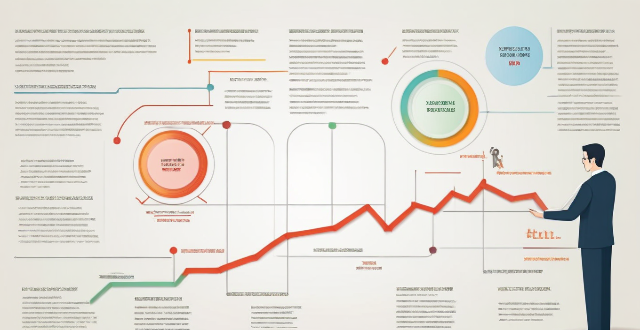
How do I conduct research for an academic paper ?
This guide provides a step-by-step approach to conducting effective research for an academic paper, including determining the research question, gathering background information, finding and evaluating sources, analyzing and synthesizing information, organizing thoughts, citing sources properly, and revising and editing the paper. It emphasizes the importance of critical thinking, organizational skills, and seeking feedback throughout the process.

What are some benefits of using flashcards for language learning ?
Flashcards are an effective tool for language learning that can be used to enhance vocabulary acquisition, reinforce grammar rules, and improve pronunciation. Here are some benefits of using flashcards for language learning: 1. Repetition and Memorization: Flashcards allow learners to repeatedly review vocabulary words and phrases, which helps to reinforce memory and retention. By consistently reviewing flashcards, learners can memorize new words and phrases more quickly and efficiently. 2. Portability and Convenience: Flashcards are small and lightweight, making them easy to carry around and study on the go. They can be studied at any time, whether during a break at work or while waiting in line at the store. 3. Customizable and Personalized: Learners can create their own flashcards with specific vocabulary words and phrases that they need to focus on. Flashcards can be tailored to each individual's learning style and goals, allowing for a more personalized learning experience. 4. Active Learning and Engagement: Flashcards require active participation from the learner, promoting engagement and motivation. The interactive nature of flashcards keeps learners engaged and interested in the learning process. 5. Versatility and Adaptability: Flashcards can be used for various aspects of language learning, including vocabulary, grammar, and pronunciation. They can be adapted to different levels of proficiency, making them suitable for both beginners and advanced learners. 6. Cost-Effective and Accessible: Flashcards are an affordable alternative to expensive language learning resources such as textbooks and software programs. They are widely available in print form or digital formats, making them accessible to anyone with internet access or a printer. In conclusion, using flashcards for language learning offers numerous benefits, including repetition and memorization, portability and convenience, customization and personalization, active learning and engagement, versatility and adaptability, and cost-effectiveness and accessibility. By incorporating flashcards into your language learning routine, you can enhance your vocabulary acquisition, reinforce grammar rules, and improve your overall language skills.
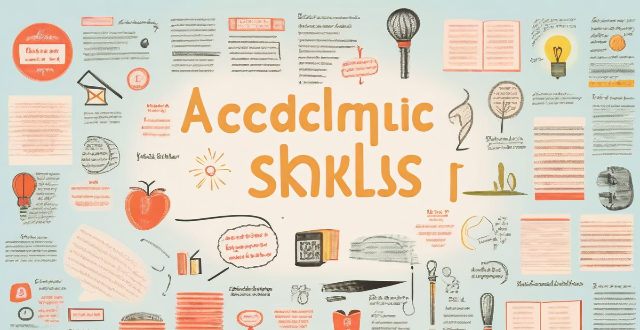
How do I improve my academic writing skills ?
Improving your academic writing skills is crucial for success in higher education. Tips include reading extensively, practicing regularly, seeking feedback, planning and organizing ideas, using appropriate language and tone, following proper formatting guidelines, and editing and proofreading carefully. By following these tips, you can enhance your writing abilities over time.
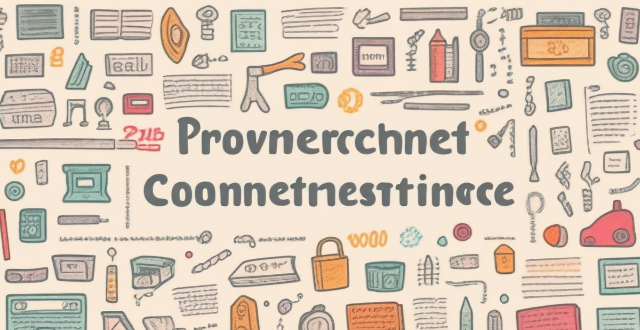
How do I write persuasively and convincingly ?
The provided text offers a comprehensive guide on how to write persuasively and convincingly. It emphasizes the significance of understanding one's audience, conducting thorough research, organizing thoughts clearly, developing a compelling narrative, using persuasive language techniques, addressing potential objections, editing and revising work, and practicing active reading strategies. The tips are designed to help writers craft effective arguments, engage their readers emotionally and rationally, and enhance their overall writing skills.
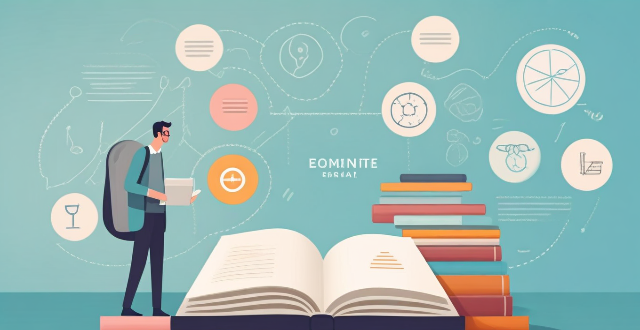
What are some effective techniques for improving my writing ?
Improving your writing skills involves a combination of reading, practicing, and receiving feedback. Regular reading helps in understanding different styles and techniques, while daily writing exercises such as journaling or crafting short stories enhance clarity and coherence. Grammar and vocabulary practice through exercises and learning new words are crucial. Seeking peer and professional feedback allows for constructive criticism. Revision is key, with multiple drafts and editing tools aiding in refining work. Studying writing techniques through courses and books deepens understanding. Setting writing goals, experimenting with different styles, and using writing prompts foster creativity and structured practice. Lastly, maintaining a healthy lifestyle supports mental clarity and creativity. Consistent effort and patience lead to significant improvements in writing skills over time.

Are there any free platforms for language learning ?
Language learning has become more accessible than ever before, thanks to the internet. There are numerous free platforms available for those who want to learn a new language or improve their existing skills. In this article, we will explore some of the best free language learning platforms available.

How can I improve my language learning speed ?
The article provides tips on how to improve language learning speed, including practicing consistently, immersing oneself in the language, active learning, practicing speaking and writing, using technology, and setting achievable goals.